For many homeowners, the thought of having your home regularly inspected for issues like Radon exposure doesn’t often cross your mind. Unfortunately, this can have dire implications for the residents in your home, even if you aren’t able to see or feel its effects for many years. At Indoor Doctor, we specialize in detecting the presence of radon in residential homes, giving our clients peace of mind by knowing that their family is protected from this harmful substance.
Most importantly, our team is here to educate the community on the importance of Radon testing, the impacts this substance can have on your health, as well as the things you should consider before choosing a company to perform your test. In this article, we’ll be detailing the importance of having your home tested for radon every two years, plus additional steps you can take to reduce the risks of Radon exposure on your property.
What Is Radon?
Radon is an odorless, colorless gas that can seep into your home and wreak havoc on your respiratory system. The trouble with radon is that most property owners don’t realize they’ve been exposed until it’s too late, thanks to it being nearly undetectable using your five seasons alone. That’s why enlisting the help of a certified Radon testing expert is crucial to ensuring the safety of yourself and your loved ones.
Essentially, radon is a naturally occurring gas that is emitted from soil, leading it to be dangerous during certain times of the year. According to Environmental Engineer Jeffrey Bradley, Radon exposure is most common in the winter months when the soil has become trapped under thick layers of snow. This can cause radon to escape through the soil and drift up into your home at a higher concentration than in the warmer months, although radon is technically present at every time of the year.
In fact, radon poses such a significant risk to residents that the Environmental Protection Agency (EPA) has set a recommendation for a national action level of 4 pCi/L (picoCuries of radon per liter of air). That means that any home with a higher level of Radion per liter of air is at extreme risk of dangerous health side effects.
Additionally, Bradley notes that most homeowners only test for radon when they initially purchase their property, leaving them vulnerable to increased levels of this dangerous gas later down the line. “I’d say nearly half of the homes we test have radon levels higher than their initial test when they purchased the home,” Bradley says. He warns, too, that over-the-counter tests can be poor indicators of radon. “The only reliable way to be sure that your home has a safe level of radon is to test your home tested on a regular basis.” You can read more about Bradley’s Radon recommendations in our previous article here.
What Are The Risks Of Radon Exposure?
Typically, when we think of dangerous gas entering our homes, we think of the immediate reaction that can include difficulty breathing and loss of consciousness. However, radon acts much more subtly, and its effects are nearly imperceptible at first. That’s why many homeowners are shocked to learn that radon exposure kills more Americans each year than drunk driving and is linked to nearly 21,000 deaths per year in the U.S.
The most significant risk that comes with radon exposure is lung cancer, and it is currently the second leading cause of lung cancer across the nation, falling just behind smoking. For non-smokers, radon exposure can increase their risk of developing lung cancer exponentially. But for those who currently smoke, have smoked previously, or have already been exposed to secondhand smoke in their life, radon exposure can prove to be even more deadly.
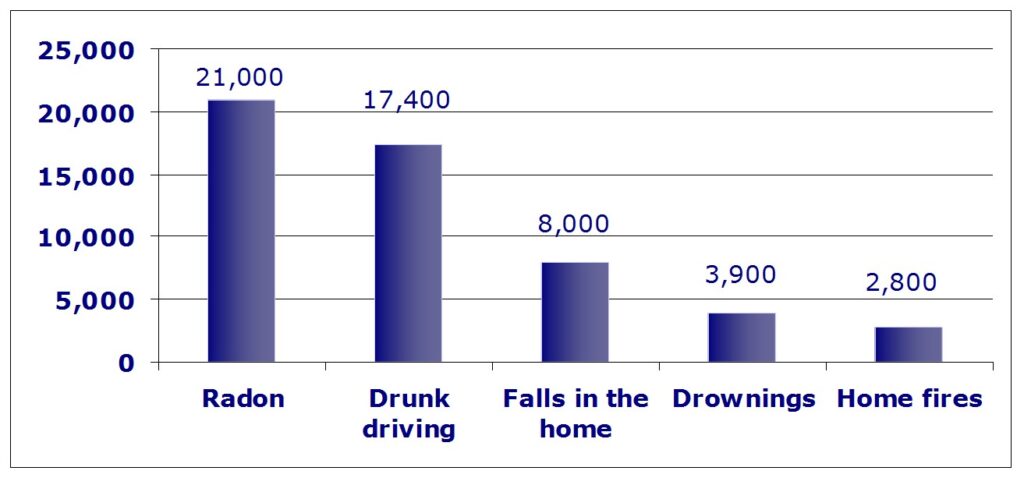
States With The Highest Risks Of Radon Exposure:
It’s essential to keep in mind that radon exposure can happen no matter where you live. Although, there are some states that naturally have higher radon levels than others, particularly those that are prone to colder temperatures. As of current reports, the states with the greatest radon levels include:
- Alaska
- South Dakota
- Pennslyvania
- Ohio
- Washington
- Kentucky
- Montana
- Idaho
- Colorado
- Iowa
Regardless of where you’re located, having your home regularly tested for radon is critical for ensuring the health and well-being of your family.
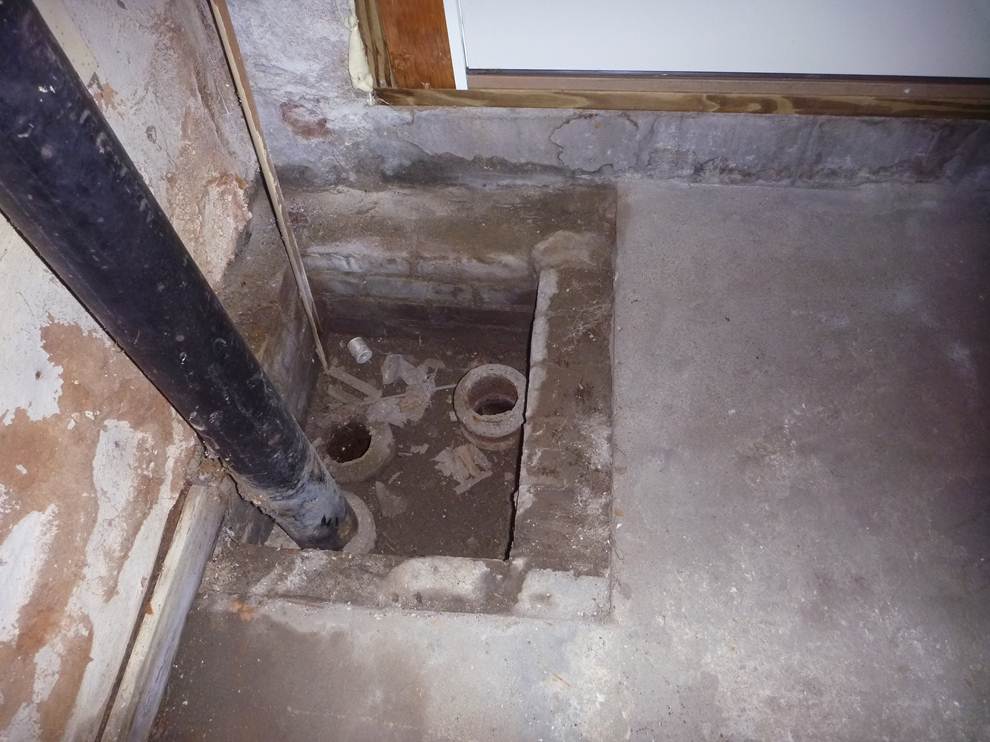
Other Risk Factors In Your Home:
Since radon is emitted directly from the soil, portions of your home that are directly connected to the ground, like basements, garages, and other lower-level rooms, are more likely to have a high radon level. However, once radon has entered your home, it can spread to every section of your house. With that in mind, some things that may increase your risk of radon exposure even further include:
Spray Foam Insulation
Many energy-efficient homes include spray foam insulation to prevent heat from escaping during the winter. Unfortunately, these types of foams can also trap radon into the walls of your home, allowing it to spread throughout the entirety of your house. If you know that your home features this type of insulation, make sure you keep up with your regular radon testing procedures.
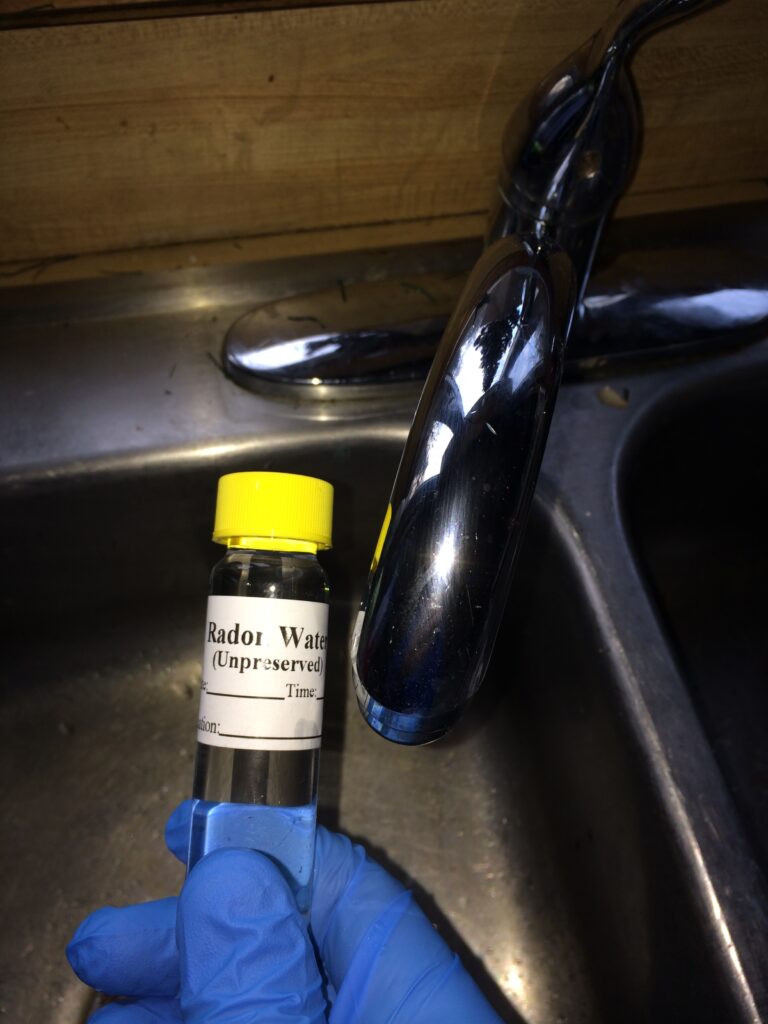
Open Sump Pits
Your sump pit is an open portion of your basement that allows water to drain in the event of a flood. While this is a great feature to have for flood protection, it can also allow radon to enter your home directly from the ground. That’s why it’s a good idea to keep your sump pit capped in addition to using other radio mitigation tools. This can also be said for other ground fixtures that are open to the ground.
Converted Basements
These days, many property owners use basements to create home gyms, office spaces, and even extra bedrooms. Since basements are one of the most susceptible areas to radon exposure, you’ll need to take extra care to ensure that the radon levels in your home are at a healthy level if you plan to utilize this area. The more time you spend in these portions of your home, the more likely you are to be exposed to this dangerous gas.
What Is A Radon Mitigation System?
Clearly, the easiest way to prevent your home from becoming exposed to high levels of radon is to schedule a radon test at least every two years, preferably towards the end of winter when radon levels are typically at their highest.
However, if you really want to take extra precautions to protect your home, installing a radon mitigation system is a great option. These systems can alert you if the levels in your home become higher than usual and can also help filter dangerous gases out of your property. High-quality radon mitigation systems include features like:
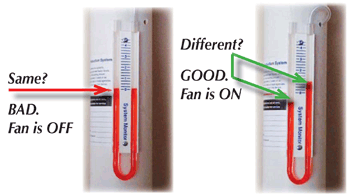
Radon Fan
This fan pushes air through a vent that’s attached to the roof of your home and is typically installed in an unoccupied area such as an attic, providing maximum air circulation for your property.
U-Tube Manometer
Made to compliment your radon fan, this fan will notify you if the fan stops working correctly, allowing you to ensure that your system is working at total capacity all year round.
Active Notification Monitor
Another key feature of a radon mitigation system is an active notification system, which sounds an audible alarm any time that a problem is detected with your system.
Suction Pit
Since radon enters your home from the soil beneath its foundation, a suction pit is installed beneath the surface of your property to pull air with high radon levels up and out through the radon fan.
ERV System
Technically, this is a separate system that can be used in conduction with your radon mitigation system to create better air quality. An Energy Recovery Ventilator, or ERV system, replaces the air in your home constantly, rather than simply pushing radon out of your house. This creates more breathable air for your entire family and reduces your overall risk of radon exposure.
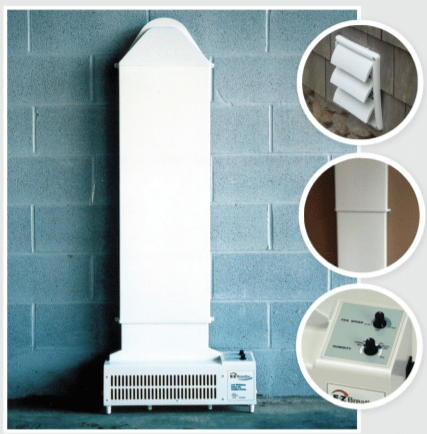
How EZ Breathe Can Help Reduce Your Risks
For homeowners who are serious about protecting their families from radon exposure, our EZ Breathe system is here to help. This revolutionary air filtration system was made to be placed in areas with high levels of radon, such as the basement. From there, it filters out harmful particles in the air, including things like:
- Moisture
- Spores
- Bad Odors
- Chemicals
- Radon
Most importantly, this system requires little maintenance and includes a 10-year warranty to ensure maximum protection for you and your home. Plus, we offer convenient savings for DIY installations, which include easy-to-follow step-by-step instructions.
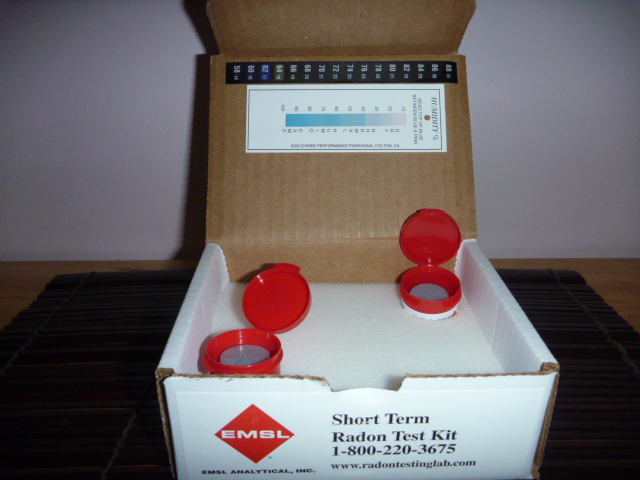
How To Schedule A Radon Test
Indoor Doctor is passionate about creating healthy, breathable air in homes across the country. With our meticulous testing procedures, we help keep families safe from the deadly side effects of radon exposure. For more information on our radon testing services across New Hampshire, contact a member of our team today to get started. Or, if you’d like more insight into our innovative EZ Breathe system, visit our website today.
References:
EPA: https://www.epa.gov/radiation/what-radon-gas-it-dangerous
CDC: https://www.cdc.gov/nceh/features/protect-home-radon/index.html
Air Things: https://www.airthings.com/contaminants/what-is-radon




